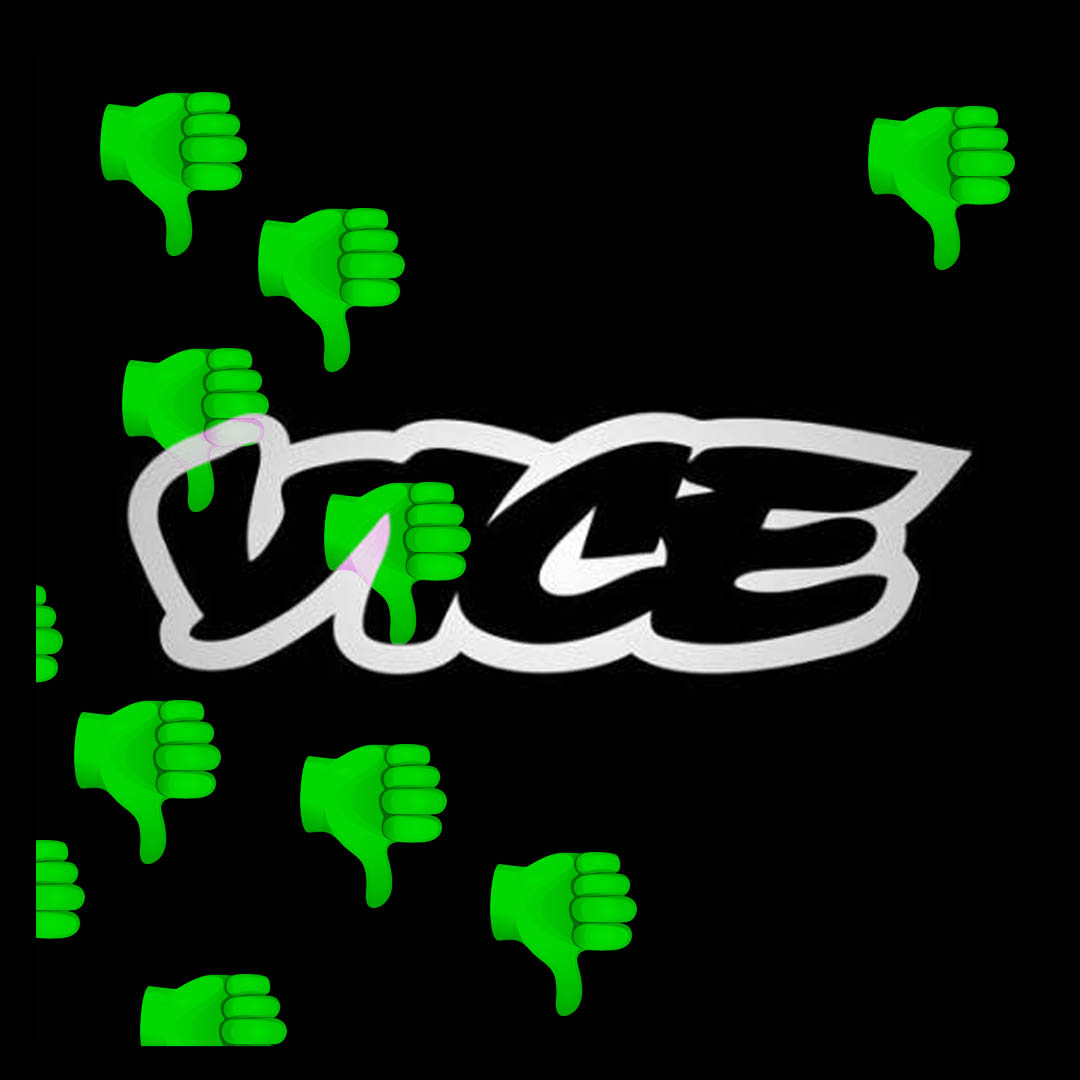|
thisCrowd - Audio Read
Getting your Trinity Audio player ready...
|
Vice Media’s attempt to address the recent wave of layoffs through a virtual town hall faced a digital rebellion, leading to the hasty cancellation of the meeting. This incident sheds light on the simmering tensions within the company following the announcement of substantial job cuts and the cessation of content publication on its Vice.com platform. Bruce Dixon, CEO of Vice Media Group, found himself entangled in this controversy, exposing the formidable challenges that media companies grapple with in a dynamically evolving industry landscape.
February 2024 emerged as a crucial juncture for Vice Media when Bruce Dixon unveiled sweeping layoffs and the decision to halt content publication on the Vice.com platform. This strategic move was positioned as a vital step in the company’s restructuring efforts, prompted by a bankruptcy filing the previous year and its subsequent acquisition by Fortress Investment Group for a sum of $350 million. The widespread job cuts, reflective of a broader trend in a fluctuating economic environment, triggered unrest among the affected employees, sparking a virtual revolt.
The virtual town hall, conceived as a platform for open dialogue, quickly spiraled out of control as laid-off employees flooded the meeting with thumbs-down emojis to convey their discontent. This novel form of digital protest rendered the event unmanageable, compelling Dixon to abruptly cancel the gathering. This incident underscores the potency of collective expression in the digital age, where traditional modes of protest are being complemented or supplanted by innovative methods of voicing dissent.
The aftermath of the canceled town hall prompts reflections on the future of employee engagement and the evolving role of digital platforms in either facilitating or obstructing transparent communication within organizations. For Vice Media, this incident serves as a stark reminder of the intricate challenges faced by media entities navigating the complexities of the digital landscape, economic pressures, and the imperative for transparent dialogue with employees. Furthermore, it unveils broader implications for the media industry, where rapid changes frequently lead to job insecurity and organizational restructuring.
The unfolding drama at Vice Media functions as a cautionary tale for companies undergoing transitions. It underscores the critical importance of clear communication and highlights the potential repercussions of disregarding employee sentiment. As the media landscape continues its transformative journey, the incident at Vice Media may evolve into a compelling case study illustrating the hurdles of managing change in the digital era. A virtual town hall organized by Vice Media had to be prematurely terminated after disgruntled staffers inundated the meeting with thumbs-down emojis, protesting the company’s extensive layoffs.
The town hall’s demise occurred after laid-off employees flooded the virtual space with disapproving emojis, making it impossible to proceed. Cory Haik, a Vice Media executive, found herself addressing the virtual crowd while the screen was inundated with thumbs-down emojis, creating an atmosphere of digital dissent.
Acknowledging the overwhelming presence of emojis, Vice Media Group CEO Bruce Dixon conceded that it had become “impossible to ignore the emojis,” leading to the swift shutdown of the town hall. In response to the incident, a Vice Media spokesperson expressed regret, noting that the organization’s employees who remained committed to contributing to its success were undermined by a few individuals engaging in disruptive behavior.
The spokesperson added, “We understand that emotions are running high after such a significant change to the company and will continue to communicate. Our strategic vision moving forward is the right one for Vice.”
Last week, Vice Media, nearly a year after reports first surfaced about its impending bankruptcy filing, announced the shutdown of its news website and the dismissal of hundreds of employees. In a memo to the staff, Dixon asserted that the traditional distribution of digital content was no longer cost-effective, unveiling plans for Vice to fully transition to a studio model. As part of this shift, the decision was made to cease content publication on vice.com.
The upheaval at Vice Media serves as a stark reminder of the intricate challenges faced by media companies in adapting to the digital age. It underscores the necessity for transparent communication, especially during times of significant change, and highlights the evolving nature of employee dissent in the modern era. As Vice Media navigates this storm, the incident may well become a touchstone for organizations grappling with similar transitions, emphasizing the need for strategic communication and mindful engagement.















































